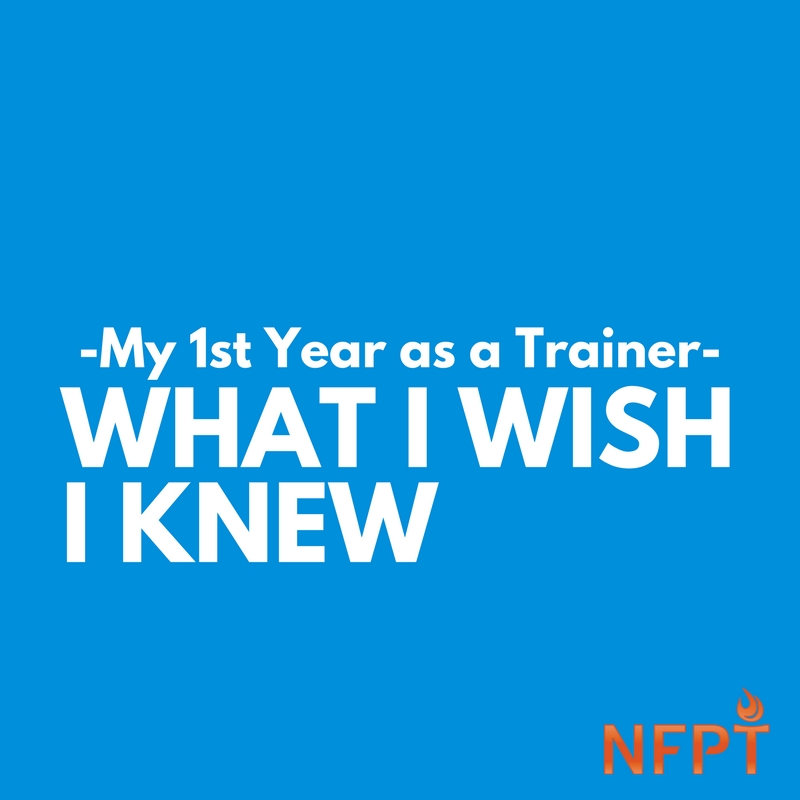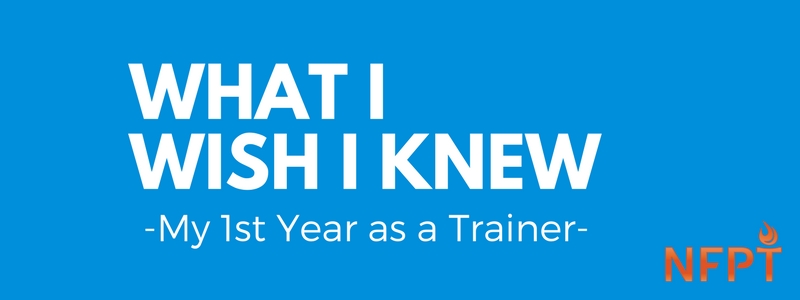

How much should a personal trainer charge per hour? How do you set your pricing structure? You can position yourself to turn a profit better by considering some variables and implementing the action steps in this
article.
I wouldn’t change a thing about how my career has gone, but I would make some changes to how it started. In my exercise science undergraduate experience and kinesiology and health graduate studies, I learned a significant amount about behavioral psychology, anatomy, exercise physiology, strength and conditioning, behavior change theories and models, biomechanics, nutrition, and the list goes on. What I didn’t learn was how to establish a pricing system for personal training services.
If I could have a “do-over”, I would take an entrepreneurship course and ask more questions of those professionals in the field. I didn’t, however. This left me putting the puzzle together slowly. This isn’t a bad thing, but there are easier ways to complete the picture without making the work arduous and prolonged. I’m excited to break it down in simple terms for you.

How to Price – Factors to Consider
Location. Consider where you are located. Geography matters as the culture in different regions will often dictate what is deemed acceptable as an hourly rate. For example, in urban areas, the price per hour can be $100 or more whereas rural areas may see price points around $65.
Client Demographics. Who do you want to train? If you specialize in active adult fitness or cater to retired individuals on a fixed income, $100 per hour may be completely unreasonable. Make a reasonable effort to understand what your potential client pool will expect to pay – what is attainable for them?
Economic Climate. What does the current economy look like? Is it a recession or a boom? Economic downturns negatively impact price points as people will be less likely to pay high dollar for an hourly session four times a week. Pay close attention to the trends.
Costs to Train. What are your costs to train the client? Gas for traveling to their home? Gym fees? Equipment costs? Figure this into your pricing structure.
Action Steps – What Comes First
Research. By education and license, personal trainers are scientists, which means we should be familiar with the research process. These same principles apply to business research. First, find a salary survey or information from your certifying organization that discusses trends in personal trainer salaries. Second, utilize local resources such as the Small Business Administration to help you conduct market research to evaluate what the pricing trends are in your respective region for group fitness classes, membership fees, and personal training services – one on one and small group. The SBA offers services free of charge; the only thing you need to budget is time.
Take a Tour. Examine the popular gyms, clubs and recreation centers in your area. It’s worth it to pay the daily fee so that you can utilize the services and experience the environment and review pricing information. This can help you decide what niches are already satisfied and what holes the industry in your area may have. Touring other facilities also provides an opportunity to avoid duplicating efforts, but also learn from what other establishments are doing well. A mentor doesn’t always have to be a person; sometimes it’s a place.
Budget. Set a budget with your fixed costs (rent, utilities, insurance premiums, etc.) and determine what you need for “take home”. Don’t forget to budget for self-employment taxes if those apply to you. Let’s say you charge $70 per hour and you have 5 clients a week and each one has three 60-minute training sessions with you each week. This amounts to $1,050 each week (or $4,200/month – not bad!). BUT – that’s not what you get to take home. What you take home is the money you have left after fixed costs and expenses are paid. A budget will help you identify what you need to take home to live comfortably.
Use Creative Pricing Packages. Consider offering various pricing structures and packaging to appeal to many individuals. Use the knowledge you gained in the market research and facility tours to help you set weekly, bi-weekly, pay-in-full, and other pay schedules. You can offer holiday discounts, specialty pricing (mother-daughter, father-son, couples, etc.).
Reevaluate. As time moves forward, revisit your pricing structure to make sure you’re still competitive and not giving away services you should charge for. The economy changes and supply and demand will influence what people will pay for and how much they are willing to pay. Keep on top of these changes so you can modify your practices.
Most importantly, be confident. Your services are worth more than you think. It’s a challenge to find a balance between what you’re worth and a market price consumers are willing to pay. That said, you went through training, licensing, education and pursue continuing education efforts to become and remain a certified personal trainer. There’s value in your background and that should be reflected in your pricing structure and schedule.
Do you have tips for setting prices? Share your thoughts on our Facebook Page!
If you’re an NFPT trainer, join the Facebook Community Group to become involved with your peers today.
Here are two other articles about specific pricing strategies:
4 Personal Training Package Ideas






